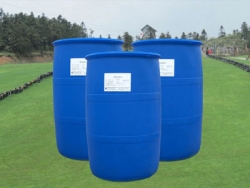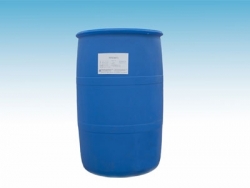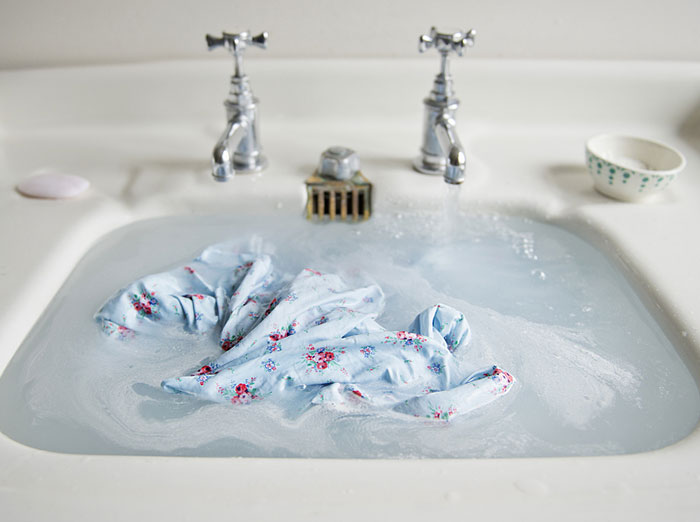The surface chemical modification is to locally coat the surface of the particles by chemical reaction or chemical adsorption of the surface of the inorganic powder particles to complete the surface modification.
Liu Wei et al. treated SiC ultrafine particles with surfactant polyethylene glycol. The polyethylene glycol molecular chain was modified on the surface of SiC particles to act as a steric barrier to prevent solid SiC particles from reaggregating. After the SiC powder with irregular shape or agglomeration is treated by surfactant, the long molecular chain of the surfactant is adsorbed on the surface defects and dangling bonds of the particles, which accelerates the disintegration of the large particles or agglomerated particles, and is beneficial to improve the dispersibility of the SiC particles.

Zhou Jigao et al. modified the surface of nano-zirconia powder with adipic acid and stearic acid. The results showed that the carboxyl group (-COOH) in adipic acid and stearic acid and the hydroxyl group on the surface of nano-zirconia particles ( OH) An esterification reaction similar to an acid and an alcohol occurs, and a monomolecular film is formed on the surface thereof, and the surface-modified nano zirconia powder is converted from a polarity to a non-polarity. At the same time, since the adsorption of the monomolecular film on the surface of the powder reduces the interaction force between the powders (including the intermolecular force and the mechanical hinge force), the frictional resistance during the flow of the powder is lowered, thereby improving the fluidity of the powder. .

Commonly used alkyl polyglucoside surfactants are mainly coupling agents, higher fatty acids and salts thereof, unsaturated organic acids and silicones. Coupling agents are commonly used mineral surfactants.
Crystal agglomeration refers to the phenomenon that a crystal changes from a loose state to a briquette. The agglomeration deteriorates the fluidity of the crystal particles and directly affects the performance of the product. The addition of a trace amount of a surfactant to the solution during the crystallization of the product can effectively prevent the agglomeration of the product. The mechanism of action is as follows: (1) The surfactant enters the crystallization system, forming a wrap film on the surface of the crystal to cause mechanical separation between the crystal grains; 2 adsorbing on the surface of the crystal to form a hydrophobic layer, preventing moisture exchange between the crystal and the atmosphere; The surface tension of the solution changes the interface contact angle between the solid and liquid, so that the adsorption force of the crystal on the capillary of the solution is reduced; 4 participating in the crystal production process, changing the relative growth rate of each crystal face, improving the crystal habit of the particles, and reducing the crystal interface energy, Thereby changing the crystal morphology. For example, an alkyl sulfonate and an intermediate thereof, alkylsulfonyl chloride, alkylbenzenesulfonate, sodium p-toluenesulfonate, sodium fatty acid, etc., can be used as an anti-caking agent for crystal products.
